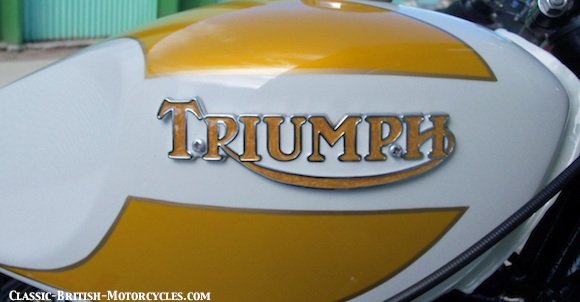...Won't the stem nut just drive my top .500 spacer right out of the bearing when I tighten it up?
"...I'm going to do is make an aluminum or possibly a steel tube to slip over the stem to be captured between the two spacers- why? To make sure that they don't slip out of the bearings to the middle of the stem. Now this get's a bit tricky because you can't measure exactly what the distance between the two is once it's installed. But you can install it all with out the tube spacer and measure how much your steering stem extends above the dust shield on the top. you have to hold it tightly in place and then measure- mine was roughly 5/16". Pull it out of the steering head, mock it up on the bench and measure between the two bearing spacers inside to inside on the stem- this will get you close- I'd make it a bit shy of this over all length- the main thing is that the spacers never slip down or up completely out of the bearings- this way you keep them in place- make sense?"
Do you also have the two steering head bearing abutment rings as part of your '71 assembly?
#83-2007; Abutment ring, steering head bearing, Triumph TR6, TR7, T120, T140 TSS, TSX
OD: 1+25/32" (45.1mm)
ID: 1+7/16" (36.5mm)
*NOTE:
NOTE this item appears incorrectly in some Triumph parts books as dust cover.
Located above the lower head bearing and below the upper bearing.
Parts assembly, forks, 1971/1972:
As noted above, the numbers are mixed up for the bearing rings and the dust cover in this parts assembly image;
#13 and #15; the 2 bearing rings (#15) are listed as the dust cover (#13) in the description notes below the image - see here:







Comment